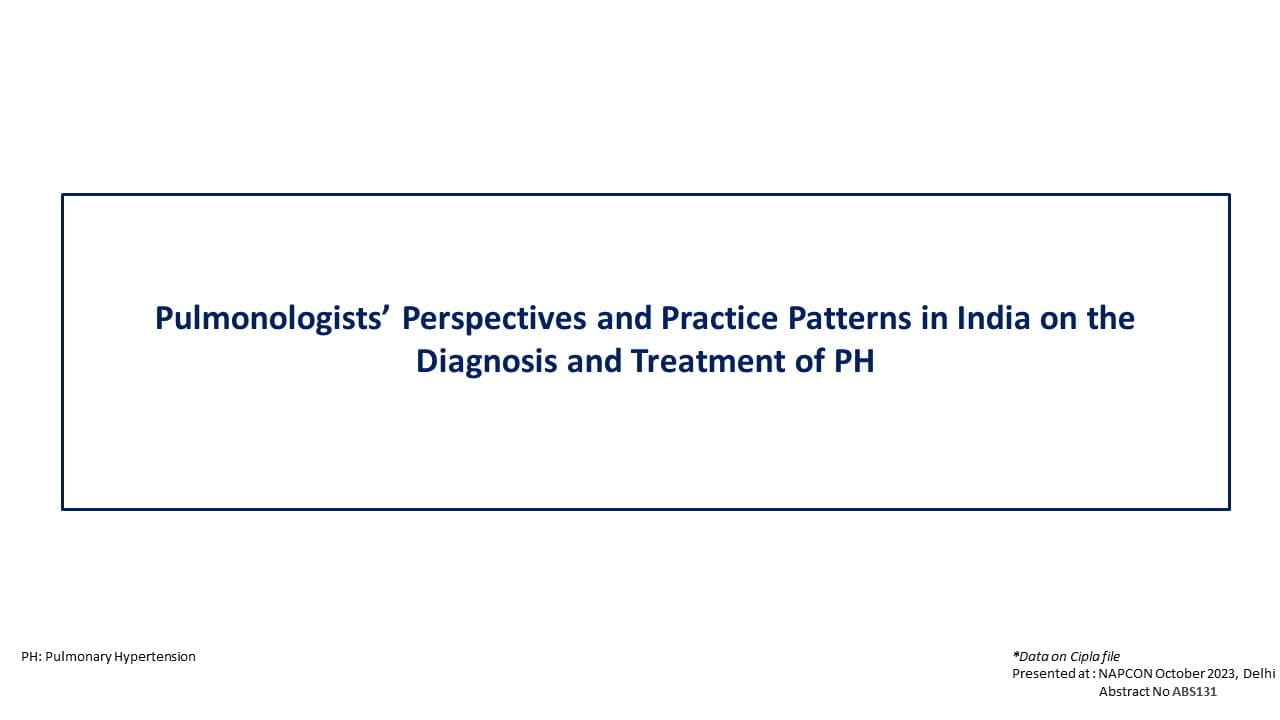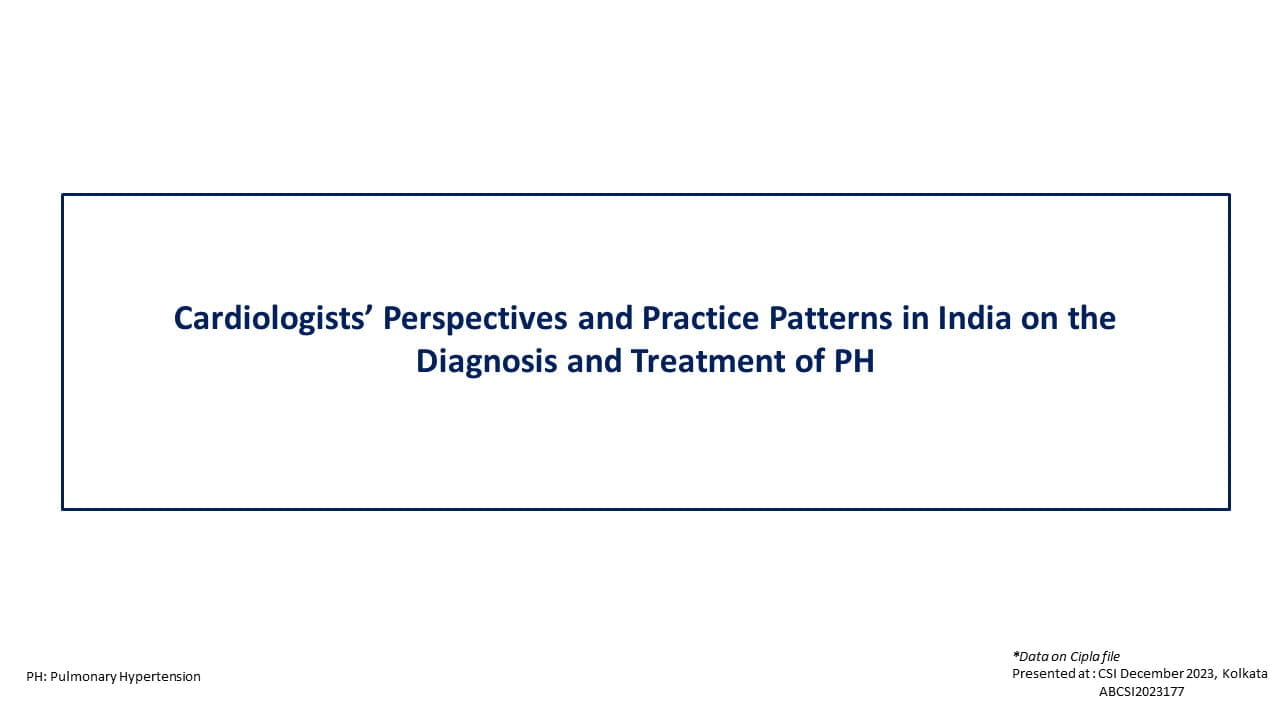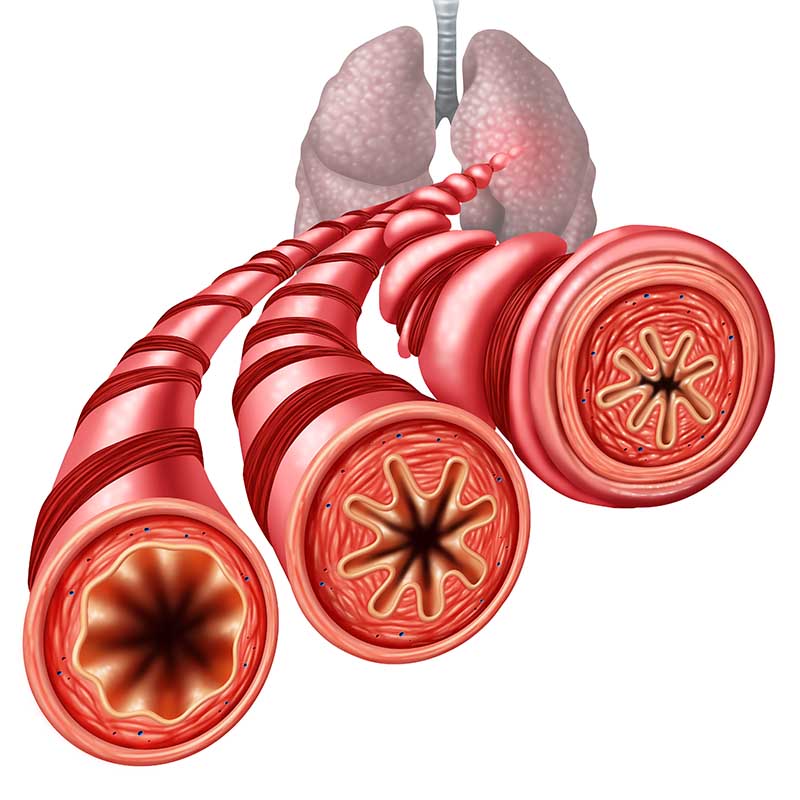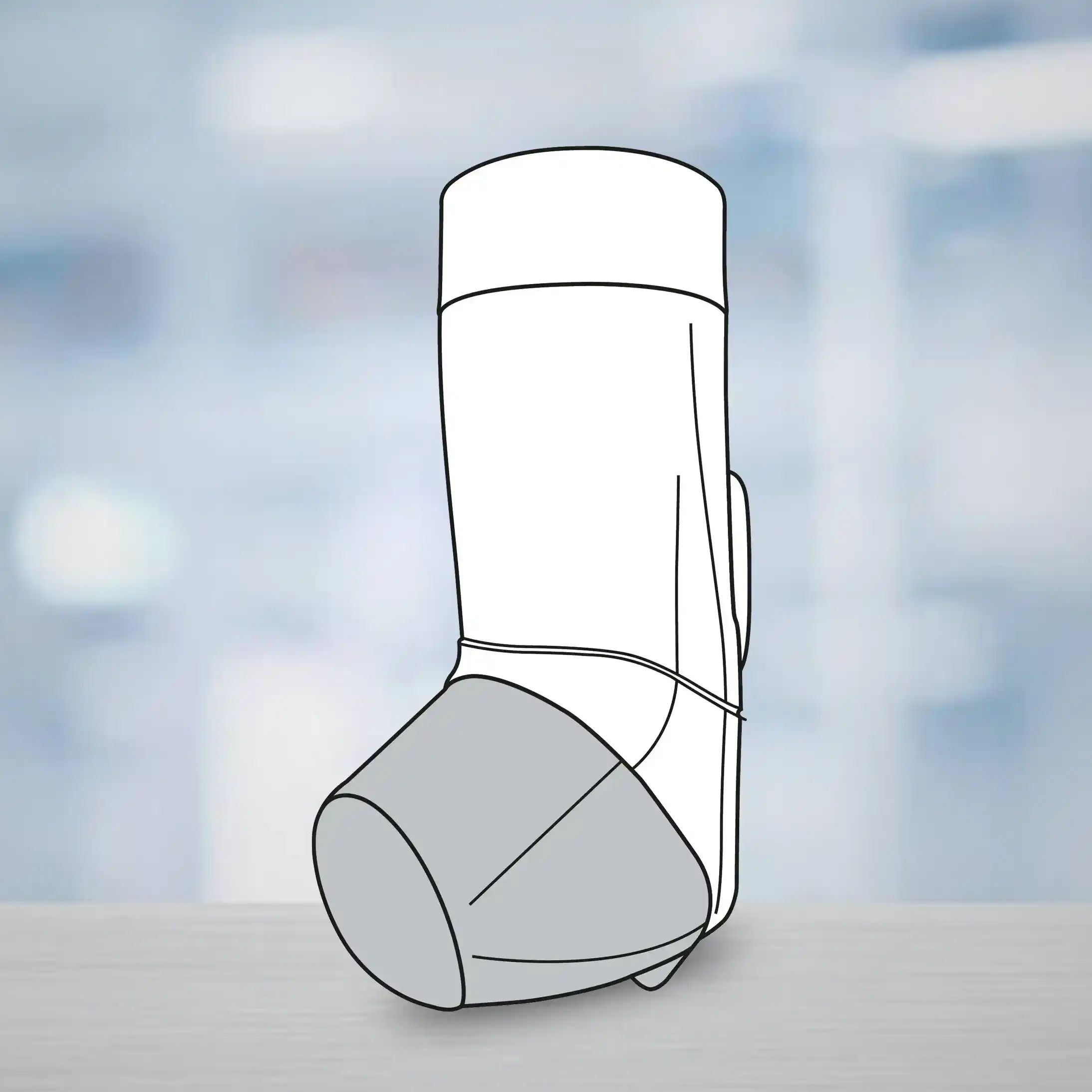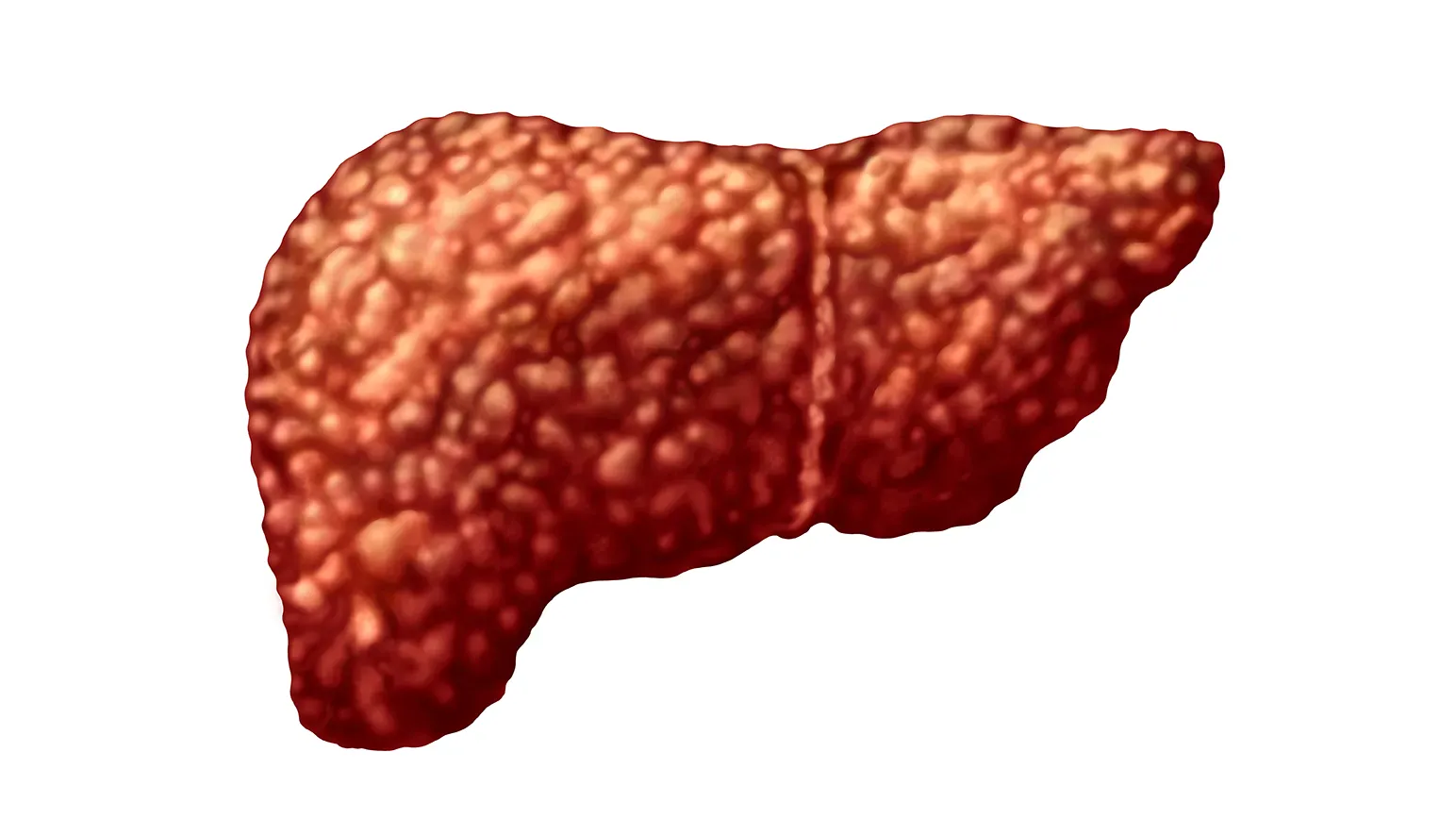Ceftazidime-Avibactam Treatment Rationality in Carbapenem-Resistant Klebsiella Pneumoniae Infections
Introduction
Clinical management is difficult due to higher rates of carbapenem-resistant Klebsiella pneumoniae (CRKP) isolated in critically ill patients in the intensive care unit than in non-ICU patients. The conventional management of CRKP infection involves combination therapy with polymyxins, tigecycline or carbapenems. Ceftazidime-avibactam (CAZ-AVI), a novel β-lactam/β-lactamase inhibitor combination, has been shown to be effective compared to other regimens in complicated intra-abdominal infections, urinary tract infections, hospital-acquired and ventilator-associated pneumonia due to CRKP. However, a rational clinical application of CAZ-AVI is warranted for treating severe CRKP infections.
Aim
To evaluate the rationality of the clinical use of ceftazidime-avibactam (CAZ-AVI) for carbapenem-resistant Klebsiella pneumoniae (CRKP) infections in a real-world setting and to identify influencing factors to improve clinical efficacy and safety.
Method
Study Design
- Real-world retrospective study
- 75 adult patients with CRKP infections treated with CAZ-AVI for >3 days
- Patients were divided into the rational use group (monotherapy for CAZ-AVI-sensitive CRKP, treatment of CRKP carrying metallo-β-lactamases and/or resistant to CAZ-AVI monotherapy in combination with aztreonam, and treatment of complicated intra-abdominal infections in combination with nitroimidazoles) and irrational use group (failure to make dosage adjustments in accordance with the instructions, and other combination therapies)
Endpoints
- Treatment success (partial or complete resolution of symptoms and signs of infection, improved inflammatory indicators and negative microbial culture results)
- Fourteen- and 28-day mortality
- Microbiological response
- Side effects
Results
Efficacy
- The clinical use of CAZ-AVI was rational in 42.7% patients whereas the dosage was irrational in 25.3% and treatment regimens were irrational in 41.3% patients (7 patients were common between an irrational dosage and treatment regimen)
- Rational use of CAZ-AVI treatment regimen significantly improved the clinical treatment success rate vs. irrational use (79.6% vs. 58.1%, P<05; Figure 1)
- Rational dosing with CAZ-AVI resulted in a significantly lower 28-day mortality rate vs. irrational use (12.5% vs. 36.8%, P<05)
- Also, rational use of CAZ-AVI significantly reduced the core temperature and levels of white blood cells, norepinephrine, C-reactive protein (CRP) and procalcitonin (PCT) versus control group patients (P<05)
- However, irrational use of CAZ-AVI only reduced the core temperature, CRP and PCT after treatment (P<05)
- Overall, CAZ-AVI treatment was effective in 70.7% patients, microbial clearance rate was 71.2%, along with 14- and 28-day mortality rates of 8.0% and 18.7%, respectively, in the entire cohort
- No significant difference was noted between rational or irrational use of CAZ-AVI in terms of treatment success in dosage group, 14-day mortality in dosage or treatment regime groups, and 28-day mortality (P>05) in the treatment regime group
- However, total irrational use of CAZ-AVI displayed higher microbial clearance rate vs. the rational use (84.2% vs. 53.6%, P<05), probably due to the high percentage of microbial replacement
Figure 1: Effect of rational use as compared to irrational use of CAZ-AVI on clinical treatment success rate
Safety
- Rational use of CAZ-AVI was associated with lower incidence of acute kidney injury (AKI, 3.6 % vs. 14.3 %, P = 0.411) and acute drug-induced liver injury (6.7 % vs. 17.1 %, P = 0.347) compared with the irrational use group
- In four patients with AKI, the treatment regimen was irrational, with etimicin in one patient, tigecycline in one patient, amikacin and tigecycline in one patient, and polymyxin B and amikacin in one patient
- Patients receiving continuous renal replacement therapy (CRRT) had a negative effect on the rational use of CAZ-AVI (OR 0.13; P<05)
Conclusion
- This study provided a basis for standardizing rational use of CAZ-AVI in clinical practice; dose adjustments should be made according to the drug instructions which optimize clinical outcomes and reduce side effects of CAZ-AVI
- Low dose or administration frequency of CAZ-AVI was needed in renal insufficiency, especially those undergoing CRRT
Diagn Microbiol Infect Dis. 2025; 111: 116659


